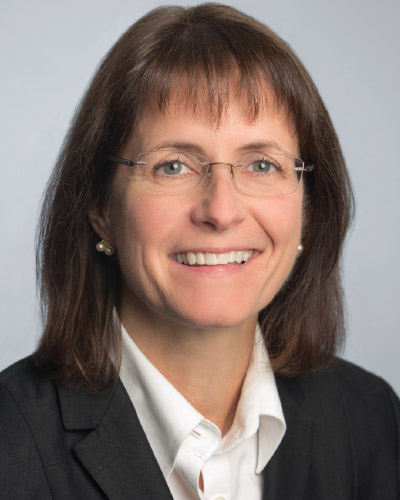In May, Ramona Tanabe became president and CEO of the Workers Compensation Research Institute, where she began working in 1996. During her tenure, she has helped the Cambridge, Massachusetts-based institute evaluate the workers comp industry by conducting studies on state policies and trends. Business Insurance Assistant Editor Louise Esola interviewed her recently on her work and what’s to come. Edited excerpts follow.
Q: Your background is in law. What was your career trajectory into the comp space?
A: I changed from private practice at a law firm because of a move to Boston from Chicago. And I wasn’t licensed in Massachusetts. I was looking for something that sparked my interest and made me feel like I was contributing to public policy research. One of the best classes I took in law school was about legislation and how was it created. Looking up legislative histories was fascinating to me. So, being able to work at a firm that did public policy research as a tool to help policymakers make those decisions, and make those decisions with more information, I thought, well, that’s a pretty interesting thing. On workers comp, I learn something new every single day. It’s been a wonderful and fascinating ride and I hope more people that are looking for career paths go into workers comp.
Q: What surprised you about workers comp?
A: Just how different every state is, and why they’re all different. I just found it fascinating that there were so many different ways to operate within this umbrella of workers comp.
Q: Which WCRI study have you been most excited about?
A: I get excited about all of the work we publish because of the value we are providing to policymakers and other stakeholders. Our objective is to have WCRI research help them make informed decisions about state workers compensation systems and policy discussion. Our opioid research helped identify the unnecessary prescriptions of opioids to injured workers and tracked the various methods to stem the flow by jurisdictions. Our worker outcomes research gave us a first-of-its-kind window into the experience injured workers have within the system. Our attorney involvement studies found workers with injuries were more likely to seek a lawyer when they feared getting fired. Our annual benchmarking studies allow us to track the performance of state workers compensation systems.
Q: What are some top issues to watch in comp?
A: It’s not unique to workers compensation — there are shortages in the medical workforce. The shortages happened in two waves — because of the great resignation at the beginning of the pandemic, and the second wave was the post-pandemic burnout among medical workers. The questions that one wants to ask about that are: How is that going to impact claim outcomes? How will it affect return-to-work timing? How does it affect access to care and good outcomes while operating within this shortage? There are also general labor shortages that will affect workers compensation because of increasing wages. There are longer shifts, lack of training and fatigue — all of that will affect claims. And there might be limitations on light-duty work or transitional work for those injured workers that want to return to work. Medical inflation is something we hear people ask about all the time, and we have a report coming out on this shortly. Behavioral health strategies and treatment and expansion of mental health access are also rising focuses.
Q: Mental health seems to be the talk of the town in comp circles. What are you seeing?
A: It’s about the expansion of mental health access as a corresponding piece within behavioral health, because behavioral health is different than mental health. Behavioral health is about how somebody reacts to a crisis or stress within their life. In workers comp, it’s treating the whole person as opposed to the specific injury that they had, because that piece really affects the recovery of people. Full recovery is also determined by social determinants of health, the underlying contributions of general health functioning, and quality of life. Those include economic stability, education, access to quality health care, the neighborhoods you live in, in social and community context — all of those things are important, and I think there’s a focus on that.
Q: Data and analytics are taking over in terms of predictive modeling in comp. What are some goals for WCRI in helping the industry better understand claims?
A: We’ve been helping the industry understand the workers compensation system since 1983. We use data in order to analyze and provide insights. Recently, we started looking at some of the predictive assumptions, changes in the workforce and how that impacts workers compensation outcomes. That study uses statistical methods to create relationships between claim characteristics and economic conditions. And then it makes several assumptions about claim composition trends in the future and provides a prospective look at how the workers comp features might change. It’s providing the insight into how the economic changes and demographic characteristics might influence the workers compensation systems.
Q: What do you wish more employers understood about injured workers?
A: It’s not necessarily about injured workers but just about workers in general. Whether it’s telecommuting or a hybrid workforce; there’s a challenge of creating a continuity with communication and giving the workers tools that they can use to be more resistant to some of the things that come with working remotely, like loneliness or feeling disconnected from your employer. One has to imagine that happens in an injury situation in workers compensation where you’re not in the workforce. And there is an important role that employers can take on to make sure that people feel connected. Creating those tools to increase the communication is always important.
